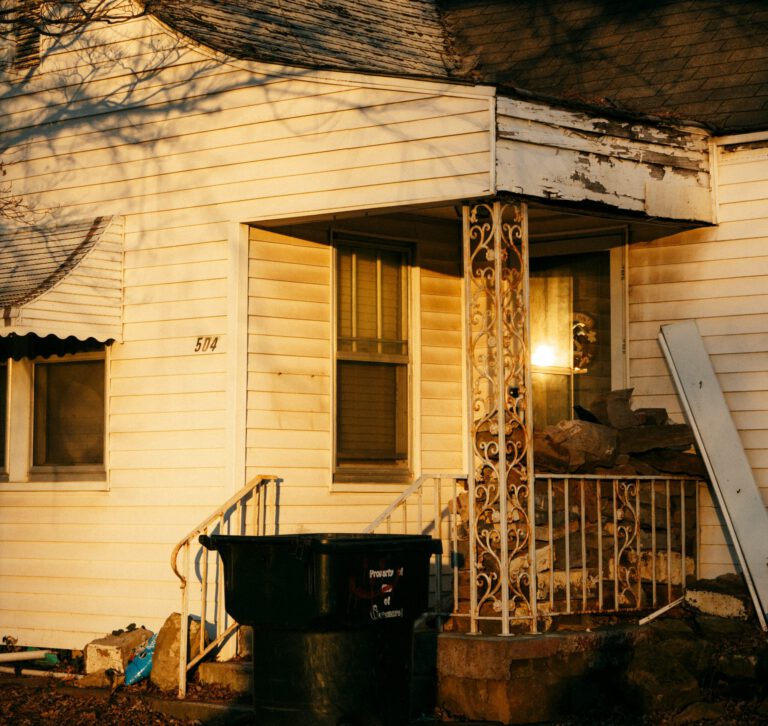What to Do If a Contractor Damages Your Home (Insurance Steps)
Hiring a contractor for home renovations or repairs can be a smart investment until something goes wrong. Whether it’s a burst pipe, a shattered window, or structural damage caused by negligence, knowing what to do if a contractor damages your home can save you thousands and protect your rights.
Here’s a step-by-step guide to help you respond promptly and effectively, both legally and insurance-wise.
Step 1: Stop Work Immediately
If you notice damage accidental or otherwise pause all ongoing work until the issue is documented and addressed.
- Prevents further damage
- Creates a clear timeline
- Signals to the contractor that you’re treating the matter seriously
Step 2: Document the Damage Thoroughly
Before any repairs are attempted, document everything. Strong documentation is critical for both insurance claims and legal proceedings.
What to gather:
- Clear, timestamped photos or videos of the damage
- Written description of what happened and when
- Names of workers involved (if known)
- Original contract and scope of work
- Receipts for materials or down payments
Tip: Take wide-angle photos to show the damage in context, and close-ups for detail.
Step 3: Contact the Contractor Immediately
Inform the contractor of the damage in writing (email is best for a paper trail). Remain factual and professional avoid threats or emotional language.
What to say:
- Describe the damage
- Ask how they intend to resolve it
- Request their general liability insurance information
If the contractor is licensed and insured (as they should be), their liability insurance is typically responsible for damages they cause.
Step 4: Ask for Proof of Insurance
If you haven’t already, ask for and verify the contractor’s general liability insurance policy.
You should receive:
- Name of the insurance company
- Policy number
- Coverage limits
- Expiration date
Red flag: If they cannot provide valid proof, that’s a sign of a potentially uninsured or underqualified contractor.
Step 5: Notify Your Homeowners Insurance Provider
If the contractor refuses to cooperate, or the damage is severe, contact your home insurance provider right away.
- Some policies cover accidental damage caused by contractors under the dwelling coverage portion
- Others may subrogate the claim paying you first, then pursuing reimbursement from the contractor’s insurer
Your insurance agent can tell you if it’s better to:
- File under your policy and let them deal with the contractor’s insurer, or
- Wait for the contractor’s insurer to respond
Step 6: File a Claim (Contractor’s or Yours)
Depending on the situation, you’ll file:
- A claim with the contractor’s insurance company
- Or a claim with your own home insurance provider
In either case, include:
- Documentation from Step 2
- Correspondence with the contractor
- Estimates for repairs
Important: Don’t begin repairs until your insurer gives you the green light. Doing so could invalidate your claim.
Step 7: Consider Legal Action If Necessary
If neither the contractor nor their insurer cooperates:
- File a complaint with your state’s contractor licensing board
- Consider hiring a home insurance attorney for guidance
→ When to Involve a Home Insurance Lawyer
If your damage claim is below a certain amount, you may be eligible to sue in small claims court without hiring a lawyer.
Timeline Summary
| Action | Ideal Timeline |
|---|---|
| Document damage | Immediately |
| Contact contractor | Within 24 hours |
| Notify insurer | Within 2–3 days |
| File insurance claim | Within 7–14 days |
| Begin approved repairs | After claim approval |
Bonus: How to Avoid This Situation Next Time
- Always verify licenses and insurance before hiring
- Request to be added as an “additional insured” for larger projects
- Get multiple quotes and read reviews
- Never pay in full upfront
Final Tip
Damage from a contractor may not always be covered by your homeowners insurance especially if it stems from poor workmanship or maintenance issues.
Learn what your policy might exclude in:
What Homeowners Insurance Doesn’t Cover (2025 Edition)




